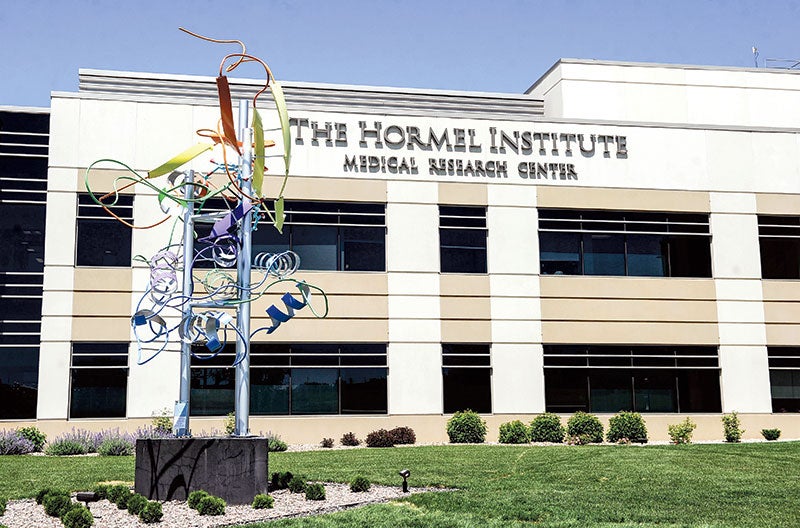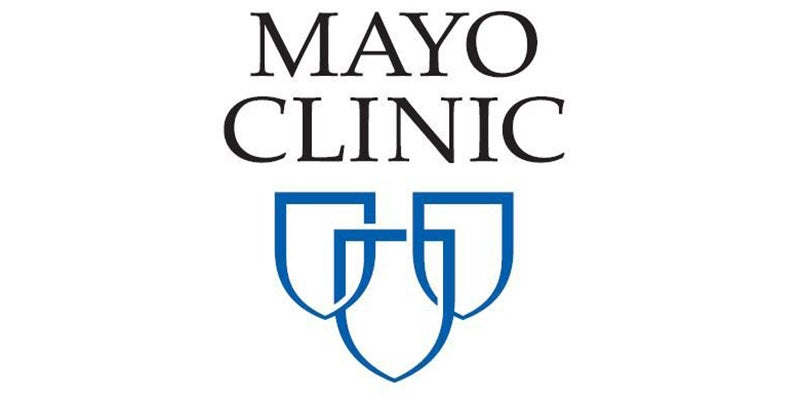Auditor: MNsure’s ‘failures outweighed its achievements’
Published 10:04 am Wednesday, February 18, 2015
ST. PAUL — A lack of adequate testing before the state’s health insurance exchange launched in 2013 and other issues meant the exchange’s “failures outweighed its achievements” in its first year, the legislative auditor concluded in a report released Tuesday.
The long-awaited, comprehensive look at MNsure’s development and implementation comes as the exchange wraps up its second round of open enrollment — a year MNsure officials say was a marked improvement. Still, its findings could fuel several competing proposals in the Legislature to shake up oversight and give additional ammunition to Minnesota Republicans who have called for larger changes to the ailing exchange.
The nonpartisan Office of the Legislative Auditor found that MNsure staff didn’t adequately test its website and didn’t share “red flags” about looming technological issues with board members or other top officials. Those lapses, among others, worsened a rocky rollout that saw the exchange’s website crash several times and frustrated consumers, the audit said.
Those technological woes compounded as MNsure customer service staff were enlisted to manually process applications stuck in online limbo. Already working with a small call center staff, wait times spiked as high as 60 minutes and more than a third of customers with questions hung up before getting an answer, according to the report.
The problems also shifted some of the burden to county workers who handle public program enrollments. Those workers now spend 60 to 90 minutes performing tasks on the MNsure system that previously took five minutes or less, the report said.
MNsure CEO Scott Leitz defended the exchange in a formal response. He agreed the site should have been more thoroughly tested but said many of the issues in the audit have been corrected — including better communication between exchange staff and the board.
Gov. Mark Dayton, who has consistently defended the exchange, agreed.
“It’s gotten a lot better,” Dayton said. “The report stops before those improvements can be identified. It’s pretty much a one-sided view of the problems.”
For all its problems, MNsure officials and Democrats who pushed the state to set up an exchange sayMNsure has been a success. They cite the 370,000-plus enrolled in its first year and the reduction in the state’s uninsured rate to 5 percent.
The legislative auditor said it was unclear how large a role MNsure played in that reduction, noting that just 28 percent of enrollees in the exchange’s first year were previously uninsured. The audit also notesMNsure is falling far short of initial hopes of enrolling more than 1 million residents for insurance by 2016 in either public health programs or private plans, and said MNsure only met its scaled-back projections due to an “unrealistically low” estimate of how many residents would enroll in Medical Assistance.
Republicans seized on the audit as the latest in a series of issues at MNsure. Previous audits found that the exchange had mishandled $925,000 in marketing work and mistakenly enrolled several Minnesota residents in public health programs when they didn’t qualify, among other problems.
“It was a programmatic, systemic failure,” Rep. Nick Zerwas, R-Elk River, said after a House committee reviewed the report. “The quicker we realize that here in St. Paul, the quicker we can get to actually fixing the problem.”
Rep. Tina Liebling, DFL-Rochester, acknowledged issues with the exchange but put some of the blame on a “broken political process,” referencing Democrats’ longstanding complaint that Republican lawmakers should have moved earlier to set up the exchange. The audit notes that delays at both the state and federal level contributed to its issues.




